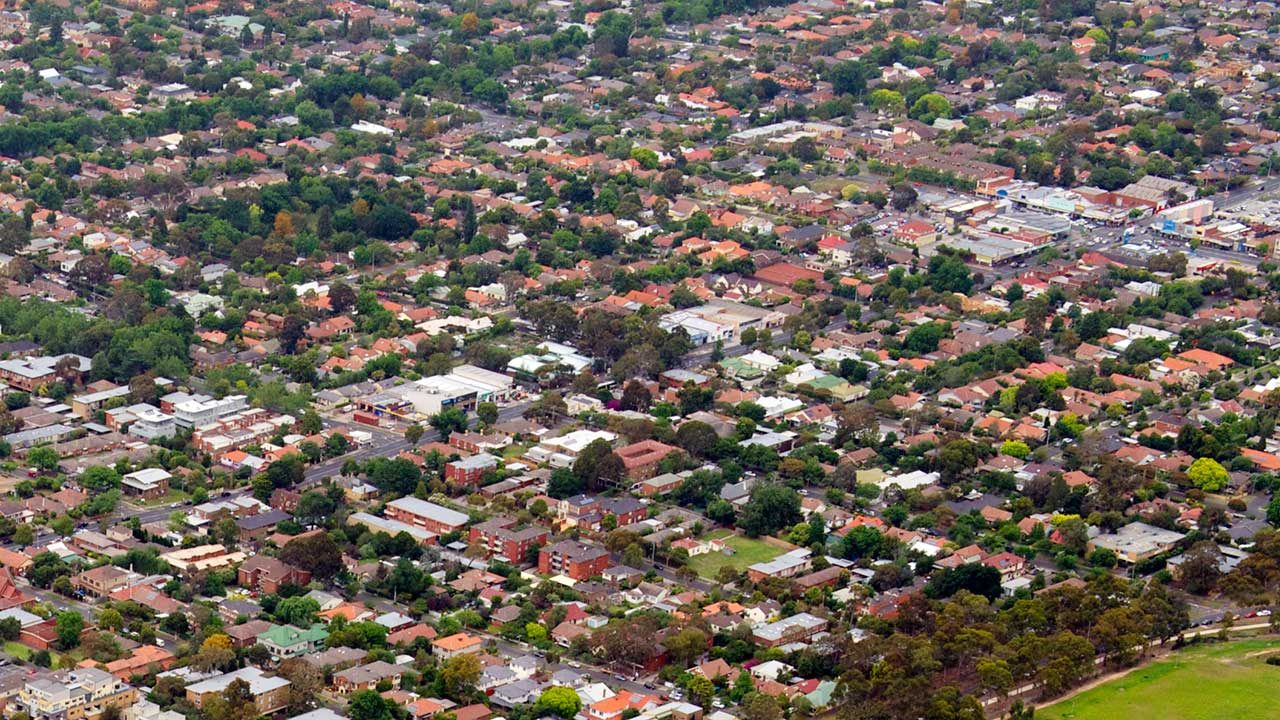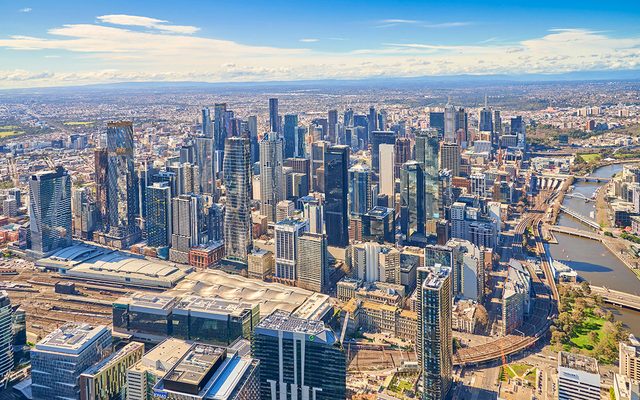This article is from the Australian Property Journal archive
TWELVE of the country’s top 20 building growth locations are located around Melbourne, with the Rockbank-Mount Cottrell area, west of Melton, named Australia’s number one hotspot.
HIA’s 2019 edition of the Population & Residential Building Hotspots Report showed Rockbank-Mount Cottrell area saw population growth of 59.4% during 2017/18 and $224.2 million in building approvals.
Major infrastructure projects, including train station and line upgrades, as well as a new six-lane arterial road connecting the area are expected to maintain its momentum.
Five of the top 20 locations are in Queensland and three are in New South Wales.
“The majority of the growth is in the fringe of Melbourne as the city expands, although inner city suburbs such as Southbank and Docklands are also enjoying strong growth as they change to accommodate higher density living,” HIA’s chief economist, Tim Reardon said.
“This is not surprising given the significant investment in infrastructure and the region’s growing professional services sector.”
Last year’s number one location, Mickleham-Yuroke – north of Melbourne’s Tullamarine airport – slipped to second place, and Pimpama on the Gold Coast dropped to Gold Coast dropped into third place.
“Because the residential building industry is cooling, the number of future hotspots is likely to be more centralised to major capital cities such as Melbourne and Sydney,” Reardon said.
Nationally, an area qualifies for the least if at least $150 million worth of residential building work was approved during the 2017/18 financial year, and its rate of population growth is faster than the 1.6% national average.
Mickleham-Yuroke saw $437.4 million of approvals and population growth of 52.2% over the period, and Pimpa $282.4 million and 29.5%.
Fourth-placed Riverstone-Marsden Park, in Sydney’s Blacktown, saw the largest volume of approvals in the top 20 with $960.6 million and 23.2%. Cranbourne East followed with $762.7 million and 21.2% and Cobbitty-Leppington $775.5 million and 19.9%.
Rounding out the top ten were Wollert, Ripley, Beaconsfield-Officer, and Eagle Farm-Pinkenba.
Eleventh onwards was dominated by Victorian locations, and included Rouse Hill-Beaumont Hills, Point Cook-East, Southbank, Springfield Lakes, Truganina, South Brisbane, Tarneit, Docklands, Cranbourne South and Werribee-West.
Areas on the building momentum shortlist were headed by Mermaid Beach-Broadbeach on the Gold Coast, Parramatta-Rosehill, Ingleburn-Denham Court, Cranbourne South, Macquarie Park-Marsfield, Werribee-West, Rouse Hill-Beaumont Hills, Mickleham-Yuroke, Landsborough and Rockbank-Mount Cottrell.
Ellenbrook in Perth was in 20th, and came in third of Western Australia’s hotspots. Forrestdale-Harrisdale-Piara Waters was at the top with $127.5 million in approvals and 9.5% population growth, followed by Baldivis ($106.7 million and 6.2%), Ellenbrook ($155.685 million and 5.3%) and Perth City ($195.6 million and 1.9%).
South Australia’s fastest growing area was Munno Para West-Angle Vale, with $61.544 million of approvals and population growth of 5.5%, well ahead of Adelaide’s 3.1% in second place, although Adelaide received a state high $315.9 million in approvals. Third-placed Mount Barker saw $117.3 million in approvals with 3.1% also.
Munno Para West-Angle Vale and Warradale were the ones to watch.
Building approval figures from the Australian Bureau of Statistics show that dwelling approvals peaked at the end of 2017 before cooling modestly through 2018, to have fallen by 37.5% to January. Multi-unit approvals are now 48.5% lower in the same three-month period to January compared with the same time in the previous year, while detached house approvals are down 7.7% in January.
“The fall in multi-unit approvals at the end of 2018 is not a sign of dire outcomes as there still remains a large volume of multi-unit work that have been approved but that have not yet commenced,” Reardon said. “This pipeline of work should result in a large number of multi-unit completions over the next two years.”
The volume of multi-unit approvals also remains elevated compared to historical levels. The 92,000 apartments approved nationally in 2018 compared to an annual average this century of 69,000.
Australian Property Journal




